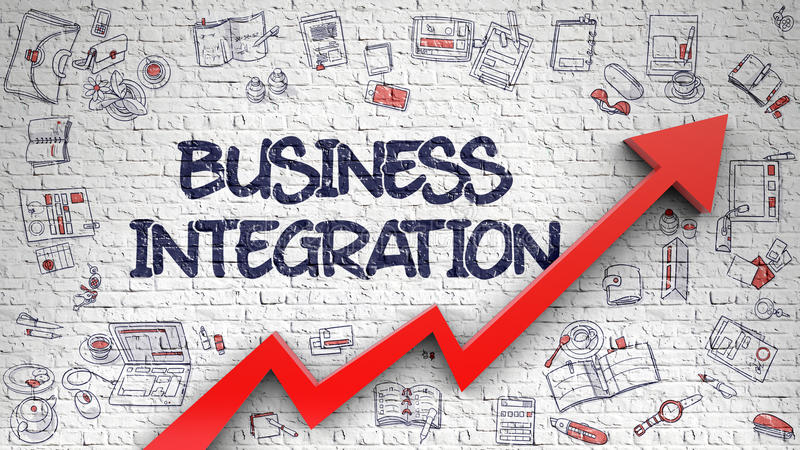An industry colleague once observed that some people are uncomfortable shopping for insurance because the product category itself reminds them of their own vulnerability. One way insurers can address this is through non-traditional selling relationships. In Forces shaping insurance distribution, we highlighted efforts by P&C companies to embed their products in the new car and home sales processes. This can make the buying process virtually seamless, downplaying associations with potential loss.
But this trend is driven by data, not psychology, and it’s one more reminder of why the growth of the digital economy is one of the brightest spots in the current outlook for our economy.
To support the alternative business models of the future, you’ll need to open your technology architecture to integrate differently, as is happening today with car manufacturers, home builders and a wide range of other businesses. Similarly, you’ll need to work far more effectively in one or more ecosystems, with the ability to share information in real-time with other product providers, channel partners and customers. They’ll also need to be prepared to ingest massive amounts of sensor data that are key to UBI and BBI coverage.
The key to effective underwriting is understanding behaviour. With access to sensors that give information about how and when a driver uses a vehicle and how a homeowner uses and protects building systems, insurers can make far more informed decisions about risk. We’re seeing similar developments in the LAGR and small commercial P&C markets, where innovative insurers have teamed with payroll services providers and other business services companies.
This represents a big shift in the sector as many insurers prepare for new ways of designing and distributing products that their legacy systems just can’t handle. The issue is cultural as much as technical. Traditionally, insurers felt that they could engineer all the capabilities they might need to serve their customers. Now we’re in a much more rapidly changing environment, where even the largest carriers may not have enough money or time to build a closed system with the kinds of capabilities they need to serve customers before markets have moved on.
A time of adaptation and selection
There’s an argument that the insurance industry changes through a process known as punctuated equilibrium. This idea, borrowed from evolutionary biology, assumes that the way business is done is relatively stable for long periods of time. Then, in a burst of activity, there’s a period of relationships being broken up and natural selection taking place.
Punctuated equilibrium is apt here. Concepts like UBI and life insurers pursuing investment management aren’t new. But we now have a particular combination of enablers—new capital sources, redesigned products, tech platforms built for interactivity and different ways of thinking about talent—that wasn’t present until very recently. Taken together, these represent a threat to legacy industry participants—and a rare opportunity.
We’ve presented several different strategic paths that insurers might consider based on their sector, culture, core capabilities and resources. Just as 2020 served as an unexpected catalyst to some large changes to the way we work, more unpredictable disruption is inevitable. For insurers to thrive, they’ll need to cultivate the capability to assess, pivot, partner, connect and reinvent themselves.
As the industry experiments with new business models, you’ll want to quickly prioritize and explore the options that are most promising for your organization. You’ll need to free up capital to invest in new directions. You’ll want to explore different marketing messages so you learn what aspects of new product design will be most relevant to buyers. In other words, there’s a lot to do and not a lot of time to do it.
At a time when private equity capital is flooding into the industry and InsurTechs keep honing their offerings, legacy players are feeling the pressure. But we’re also seeing signs that leaders are preparing for this reinvention. Insurers have the domain expertise, the brands and many of the capabilities that give them the power to win. If they can build the flexibility to adapt to alternate business models, they’ll help new generations of businesses and families manage risk and pursue opportunity
Excerpt from Pwc







Comment
No comments found.